 |
|
||||||
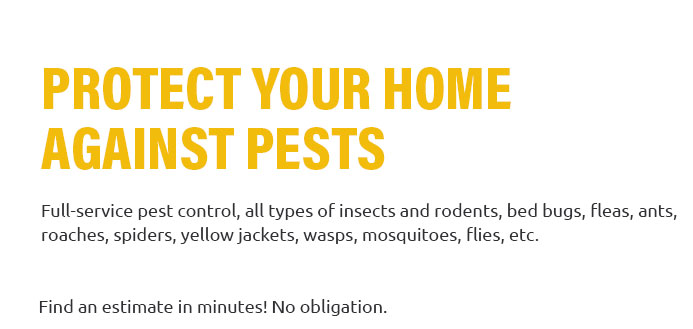 |
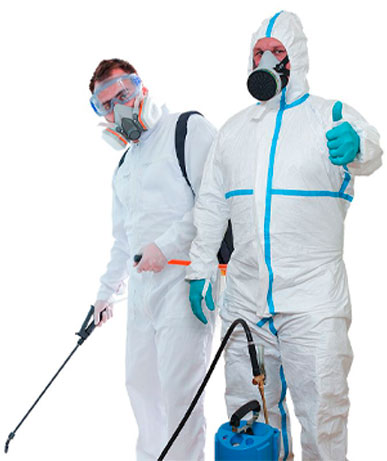 |
 |
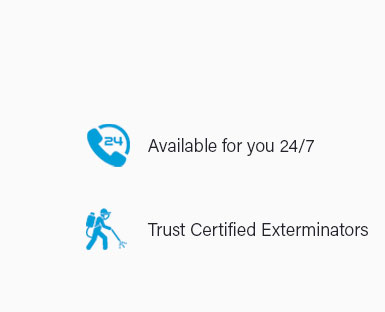 |
 |
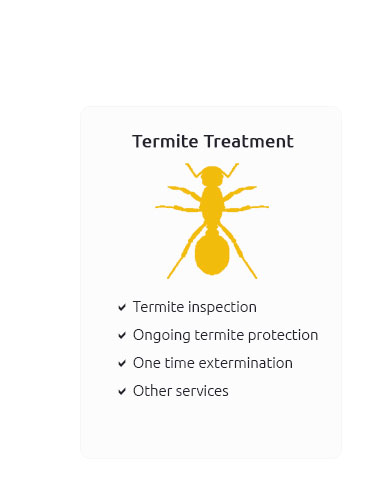 |
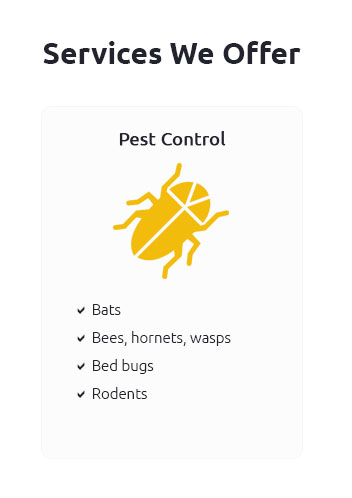 |
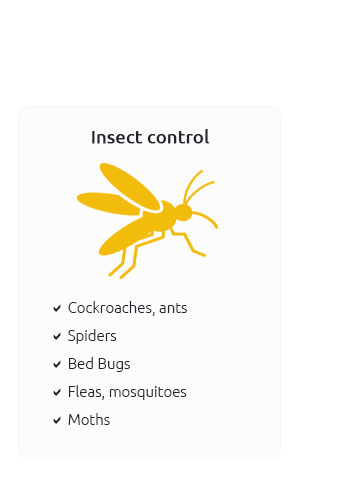 |
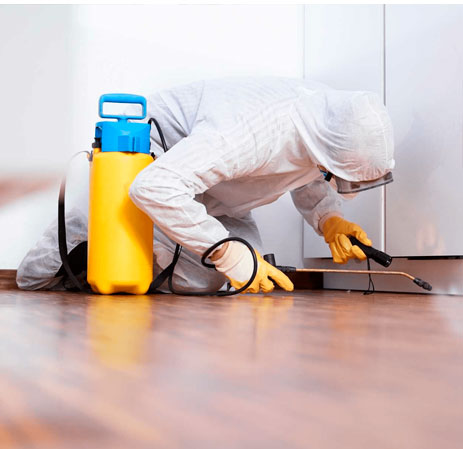 |
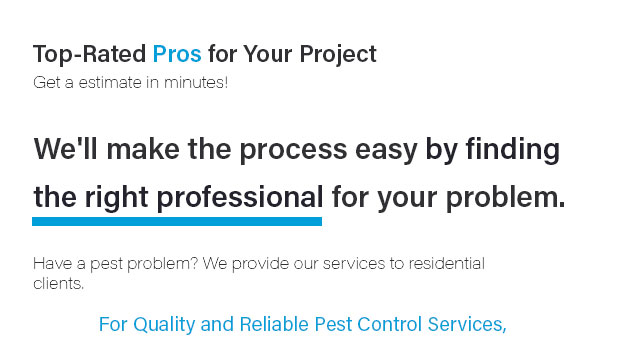 |
 |
 |
 |
|
43r7qxb9ieg Say goodbye to sleepless nights and reclaim your peace of mind with our revolutionary pest control service-the ultimate solution for eradicating bed bugs with unmatched precision and speed; our cutting-edge techniques and eco-friendly treatments guarantee not only the most effective way to kill bed bugs but also ensure the safety of your family and pets, delivering results that transform your home into a sanctuary free from the relentless nuisance of pests-because you deserve nothing less than the best when it comes to protecting your haven.
https://myhealth.alberta.ca/alberta/Pages/How-do-i-treat-a-bed-bug-infestation.aspx
Treatment - Remove the bed skirt to prevent bed bugs from using it to climb. - Vacuum all areas of your bed. - Kill any bed bugs hiding in the sheets, blankets, ... https://www.quora.com/Has-anybody-managed-to-get-rid-of-bed-bugs-100-If-so-how-did-you-manage-to-do-it
Additionally, using insecticides or seeking professional pest control services can be effective in eliminating bed bugs from the infested area. https://www.jcehrlich.com/pest-insights/bed-bugs/diy-bed-bug-treatment-myths-and-facts
Using talcum powder as part of a bed bug trap can have some success, but it does not fully eradicate a bed bug problem. Rubbing alcohol. Method: Pour rubbing ...
|



